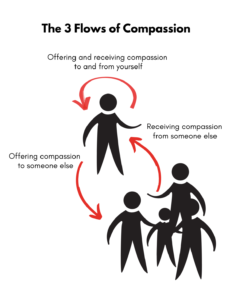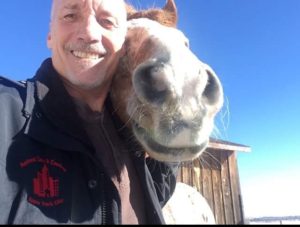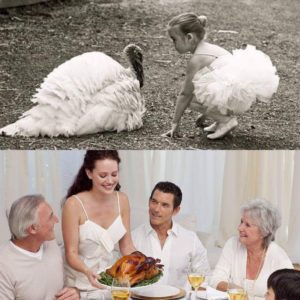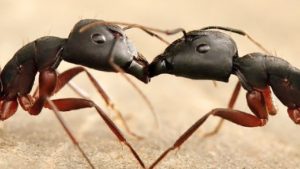
As an animal welfare advocate with decades of experience in the field, I’ve encountered a diverse array of issues concerning the treatment of animals in our society. From factory farming to regenerative agriculture, compassionate conservation, and domestic pet management, each topic presents its own set of challenges and opportunities. In this article, I’ll delve into the multifaceted landscape of animal welfare, including the pressing issue of domestic pet management, with a particular focus on feral cats. Continue reading “Navigating the Complexities of Animal Welfare: A Perspective by Ed Boks”








